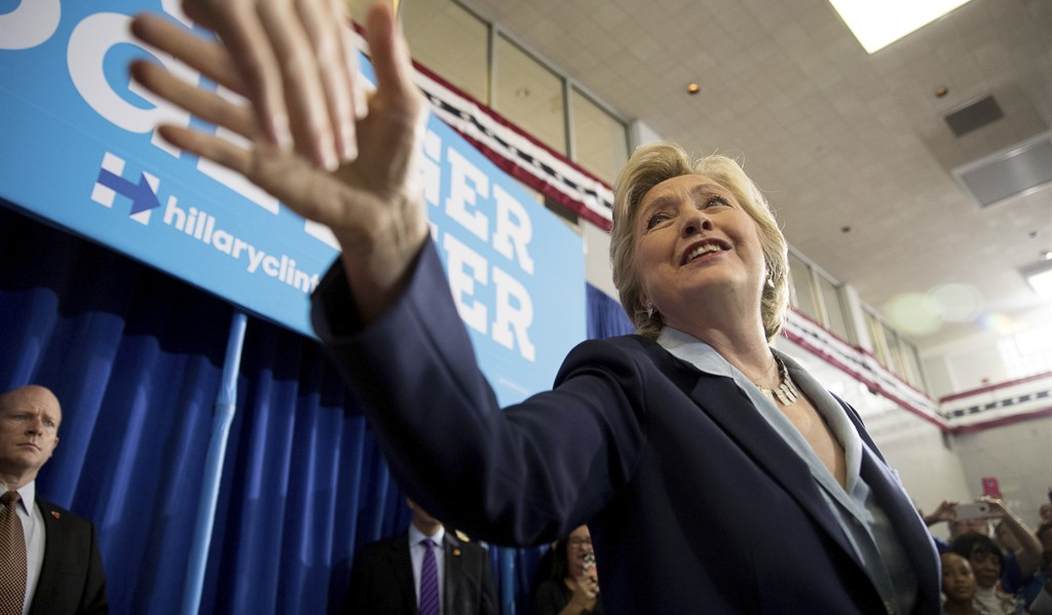Every election cycle, pro-lifers are subjected to a seemingly endless parade of editorials and opinion pieces claiming that pro-life interests would be well served by electing a presidential candidate who supports legal abortion. This year has proven to be no exception. In August, Evangelical blogger Rachel Held Evans wrote a widely circulated article encouraging pro-lifers to vote for Hillary Clinton. This week in The Christian Post, Eric Sapp wrote a similar piece entitled “Hillary Clinton is the Best Choice for Voters Against Abortion.” The arguments made by these commentators are almost identical every election cycle. Furthermore, they have not aged well over time.
One of the key talking points that Sapp and others make involve abortion trends. He argues that the number of abortions went up under President Reagan, who was pro-life, and declined under President Clinton and President Obama, both of whom supported legal abortion. However, here Sapp engages in a statistical sleight of hand. The U.S. abortion rate has been falling consistently since 1980. The number of abortions increased during the 1980s because there was an increase in the population of women of childbearing age. Abortion rates have fallen because 1) more states are passing pro-life laws, 2) public opinion has shifted in a pro-life direction, and 3) a higher percentage of unintended pregnancies are carried to term. The U.S. abortion decline, therefore, cannot responsibly be attributed to the election of pro-choice presidents as a single factor in a vacuum.
Sapp also criticizes Republicans for not doing more to enact pro-life legislation during the presidency of George W. Bush. However, in 2000 the U.S. Supreme Court struck down a Nebraska law which banned partial birth abortion. It was not until 2007 that the U.S. Supreme Court upheld a federal partial birth abortion ban by a 5-4 margin. As such, given the makeup of the U.S. Supreme Court, it seems likely that more ambitious legislative efforts to protect the unborn would have been found unconstitutional at the time. Furthermore, in the past few years most Republican elected officials have publicly supported defunding Planned Parenthood. This is an important issue to pro-lifers and one that was largely ignored by Republican Members of Congress in the 1990s and early 2000s.
Recommended
Even if one agrees with Sapp’s premise that Republicans are going to do little to advance pro-life policies, the election of Hillary Clinton could still do considerable damage to the pro-life cause. Her Supreme Court nominations may well strike down pro-life laws that were previously upheld. Furthermore, for the first time in history, the Democratic Party adopted a platform plank which calls for the repeal of the Hyde Amendment. First passed in 1976, the Hyde Amendment largely prevents federal Medicaid dollars for being used to pay for abortion. There is a very substantial body of research which shows that public funding limits reduce abortion rates. In fact, my recent Charlotte Lozier Institute study shows that the Hyde Amendment stops approximately 60,000 abortions every year, and has saved over two million lives over its 40-year history.
Sapp then returns to the tired argument that more spending on welfare and contraceptive programs would result in dramatic declines in abortion rates. He does not cite any studies – he only links to the Democrats for Life 95-10 initiative which calls for more spending on a variety of social programs. In reality, there is not one peer-reviewed study which shows that spending additional funds on welfare significantly reduces abortion rates. Furthermore, many studies show that few sexually active women forgo contraceptives due to cost or lack of availability. Considering that there are already programs in place to subsidize contraception, it is not clear that additional funds would do much to lower the unintended pregnancy rate.
As I have said before, the current presidential election has put some pro-lifers in a tough position. For part of his professional career, Republican Presidential nominee Donald Trump identified as “pro-choice.” Furthermore, unlike previous Republican Presidential nominees who held some level of elected office prior, Donald Trump does not have a history of voting for pro-life legislation or supporting other pro-life initiatives. However, supporting Hillary Clinton is clearly no answer to this dilemma.

























Join the conversation as a VIP Member